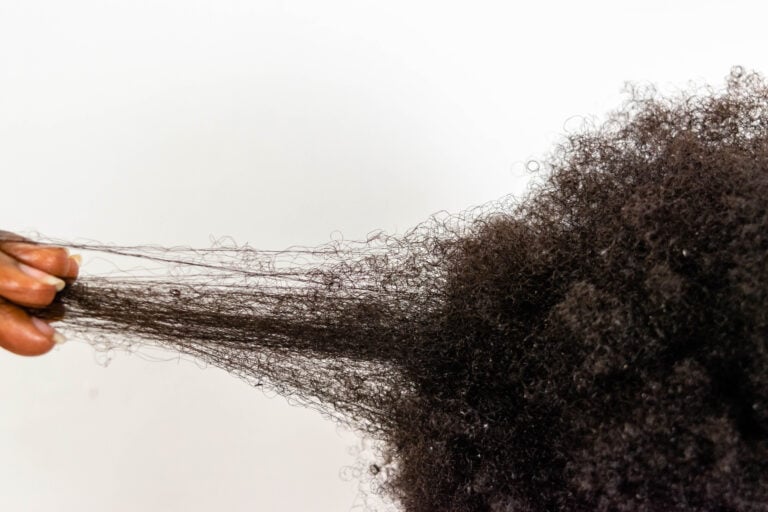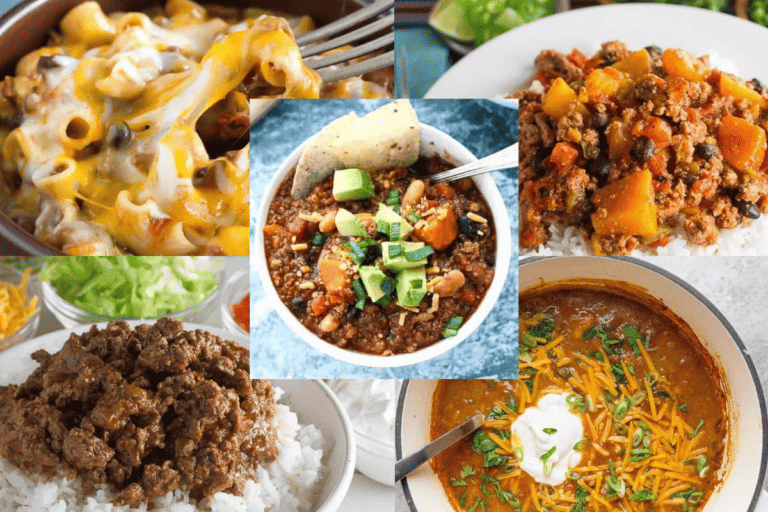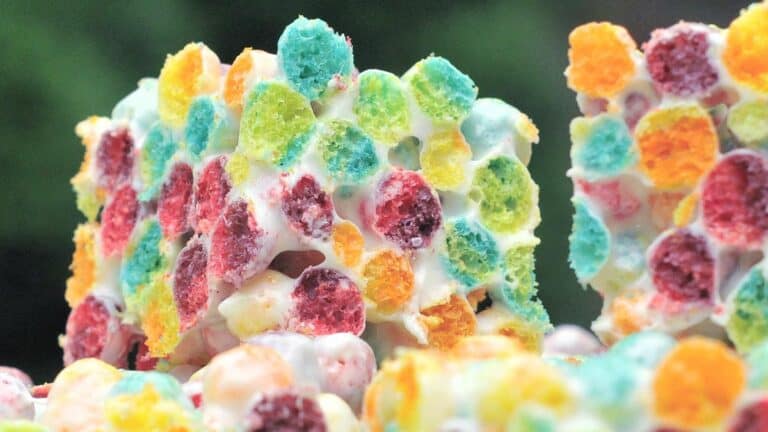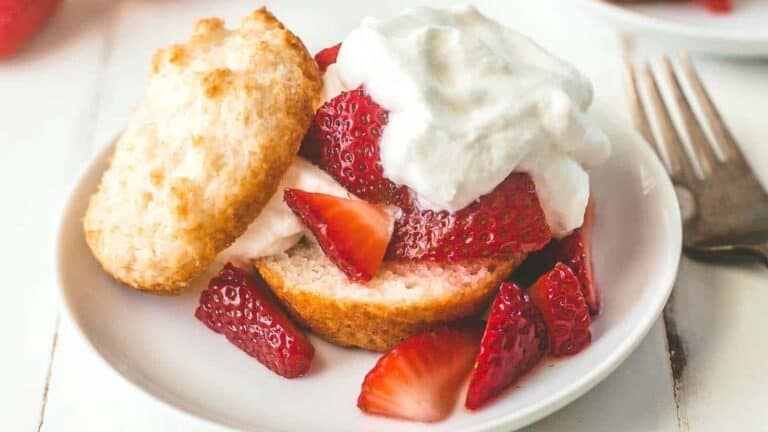The Heated Debate Over Pie Crust: Crisco or Butter?
In the world of baking, few debates are as heated as the one over the best fat for making pie crusts. Two of the most commonly used fats are Crisco (a brand of vegetable shortening) and butter, each bringing its own unique qualities to the table. We decided to investigate the pros and cons of using Crisco versus butter in pie crusts, aiming to provide a comprehensive guide for both novice and experienced bakers so you can decide yourself!
Crisco: The Flaky Enhancer

My Jewish Nana used 100% Crisco, and her pies were fantastic. Here are some pros for vegetable shortening:
Flakiness
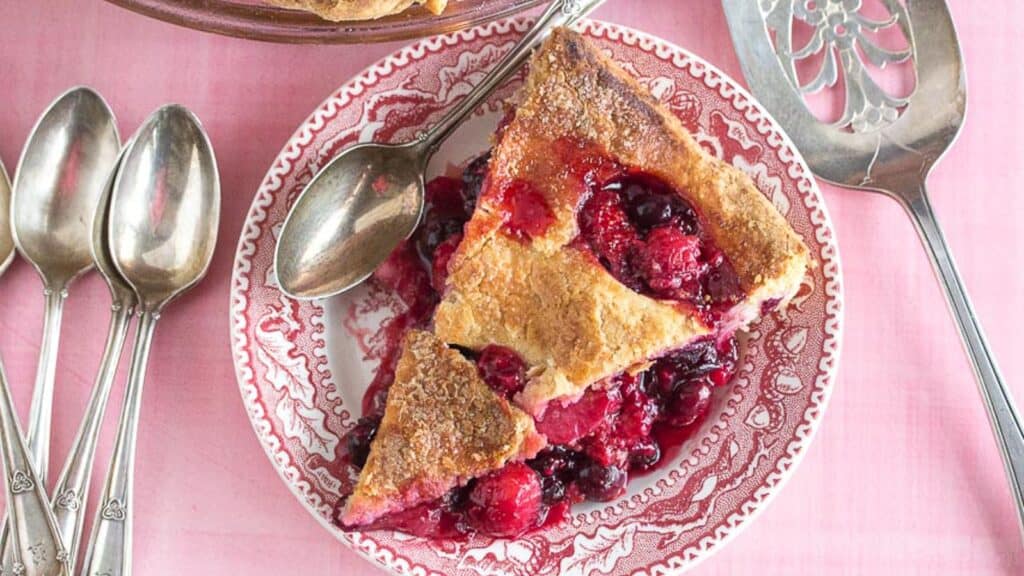
Crisco’s high melting point contributes to a flakier crust because it doesn’t melt as quickly as butter during the baking process. This allows the dough to set and form layers, which puff up in the oven.
Ease of Handling
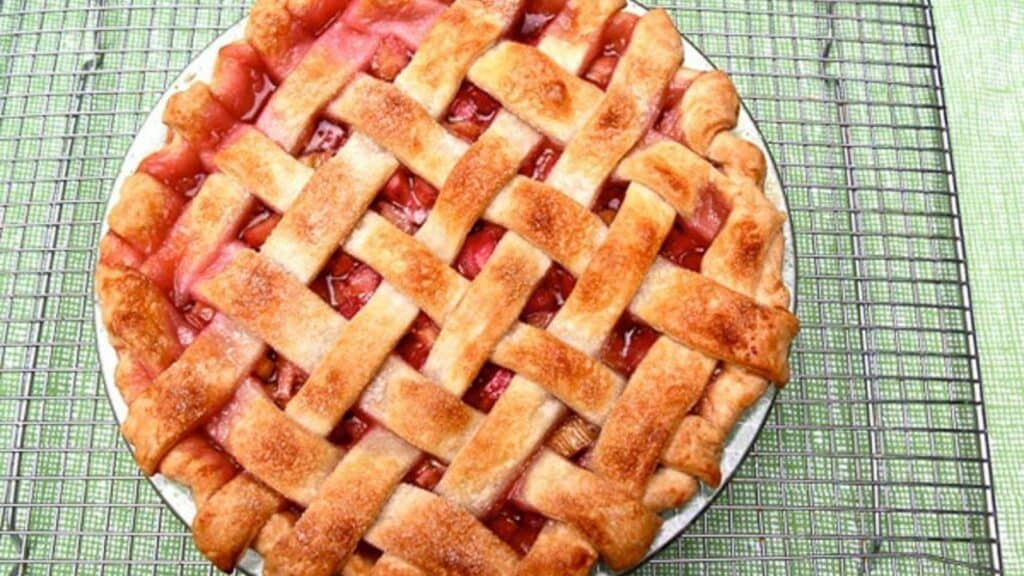
Dough made with Crisco tends to be more forgiving and easier to handle. It’s less likely to tear or shrink when being rolled out and transferred to a pie dish. Want to try our Rhubarb Pie? It’s even gluten-free!
Neutral Flavor

Crisco has a very neutral flavor, which can be an advantage if you want the filling of your pie to be the star of the show.
Cons of Crisco

There are downsides. In fact, some of the positives are considered cons by some:
Lack of Flavor

While its neutral taste can be a pro, it’s also a con for those who appreciate the rich, buttery flavor that butter brings to pie crusts.
Health Concerns

Crisco is a highly processed product. Although it’s made from vegetable oils, it undergoes hydrogenation, which can raise health concerns for some people.
Butter: The Flavor Champion

Ah, pure, fresh dairy butter. There is nothing like it. Let’s look at the pros of using butter for pie crust:
Rich Flavor

Butter’s unmistakable taste is a significant advantage for many bakers. It imparts a rich, buttery flavor to the crust that shortening simply can’t match.
Natural Ingredients

Butter is a natural product with a simple ingredient list, which appeals to those looking to avoid highly processed foods.
Color and Texture

Butter contains milk solids and water, which help to create a golden, crispy crust. The water in butter turns to steam during baking, puffing up the dough and contributing to the flakiness.
Butter Downsides

There are some downsides to using butter to make pie crust:
Handling Difficulty

Butter’s lower melting point means it can be trickier to work with. The dough must be kept cold to prevent the butter from melting, which requires more attention to detail.
Potential for Toughness

If overworked, butter-based dough can become tough. This is because the warmth from your hands can easily melt the butter, leading to overmixing.
The Verdict

The choice between Crisco and butter in pie crusts boils down to personal preference and priorities. If flakiness and ease of handling are your top concerns, Crisco might be the way to go. However, if you’re after that rich, buttery flavor and prefer natural ingredients, butter is the clear winner.
You Can Use Both

Many bakers opt for a compromise, using a combination of both Crisco and butter to achieve a balance of flavor and texture. This approach allows the crust to benefit from the flakiness that Crisco provides and the delicious taste of butter.
What About Other Fats?

In addition to the commonly used fats like butter, lard, and shortening, there are several other types of fat that can be used in pie crusts to experiment with texture and flavor. Here are some alternatives based on the provided sources:
Coconut Oil

Coconut oil is a solid at room temperature, making it a suitable substitute for shortening or butter. It can add a slight coconut flavor to the crust, if unrefined is used, which may complement certain fillings. Personally, I am not a fan. In addition, coconut oil is not the miracle fat that many claim it to be.
Vegetable Oil

While not solid at room temperature, vegetable oil can be used in pie crust recipes designed for oil, resulting in a crust that is more tender than flaky.
Olive Oil

Olive oil can be used for making pie dough, especially for savory pies. It adds a distinct, rich flavor to the crust.
Ghee (Clarified Butter)

Ghee is butter that has had the milk solids and water removed, making it a pure fat that can withstand higher cooking temperatures. It can be used as a substitute for shortening or butter, adding a rich, nutty flavor to the crust.
Margarine

Margarine can be used as a substitute for butter or shortening. It’s important to consider the water content in margarine when using it in pie crusts, as it may affect the texture.
Bacon Fat

For savory pies, bacon fat can be an interesting substitute, adding a smoky flavor to the crust. However, it’s best used in recipes that can complement its strong flavor.
Lard

Lard is traditional in pie crust making, known for producing flaky and tender crusts. It’s important to use non-hydrogenated lard for the best flavor and health benefits.
Palm Shortening

Palm shortening is a vegetable-based shortening that can be used as a substitute for traditional shortening. It’s a good option for those looking for a non-hydrogenated fat.
Dairy-Free Butter

For those looking to make vegan pie crusts, dairy-free butter substitutes can be used in place of regular butter to achieve a similar flavor and texture.
Tofu

Though not a fat, pureed tofu can be used in pie crust recipes as a moisture and fat substitute, particularly in vegan baking. It can help create a tender crust but won’t contribute much in terms of flakiness.
Choosing Which Fat To Use

As a professional recipe developer, I implore you to use the fat suggested in the recipe you are using and not sub in another fat and expect great results. If you want to try an alternate fat to butter or Crisco, your best bet is to use a recipe that was developed for the fat you want to try.
Fat Choice Makes A Difference

Each of these fats can influence the flavor, texture, and handling properties of pie crusts in different ways, so it may take some experimentation to find the perfect match for your specific recipe and taste preferences.
The Takeaway

Ultimately, the best fat for your pie crust depends on what you value most in your baking. Whether you choose Crisco, butter, or a mix of both, the key to a perfect pie crust lies in practice, patience, and a passion for baking.
57 Ways To Use Strawberries That You Have Never Thought Of
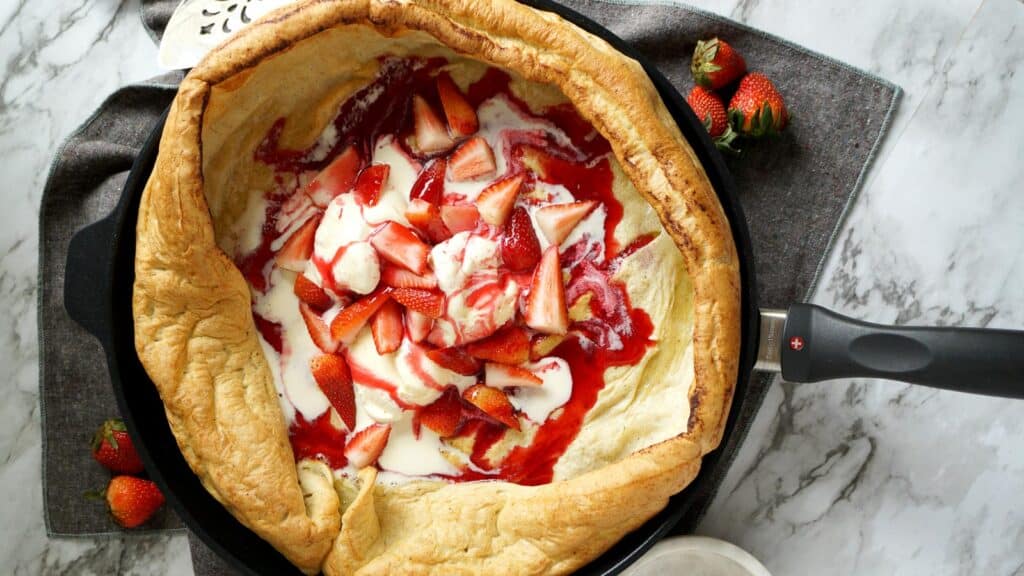
We love strawberries. We will eat them out of hand as a snack, slice into a fruit salad, dip them in chocolate (of course), and every year we make strawberry shortcake, but this berry is so versatile, for both sweet and savory dishes. Click to read: 57 Ways To Use Strawberries That You Have Never Thought Of
Join Us

Join us on this empowering journey as we explore, celebrate, and elevate “her story.” The Queen Zone is not just a platform; it’s a community where women from all walks of life can come together, share their experiences, and inspire one another. Welcome to a space where the female experience takes center stage. Sign up for our newsletter so you don’t miss a thing, Queen!


